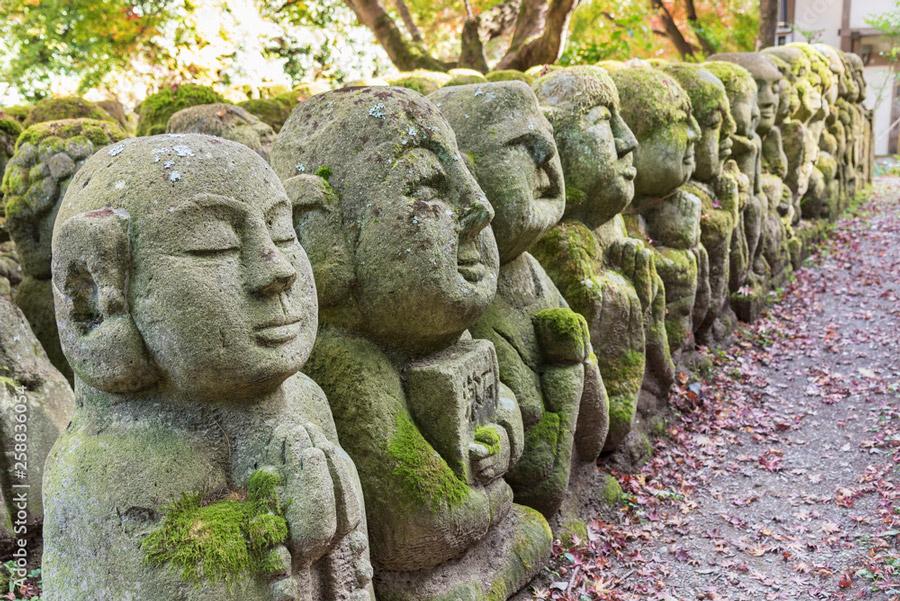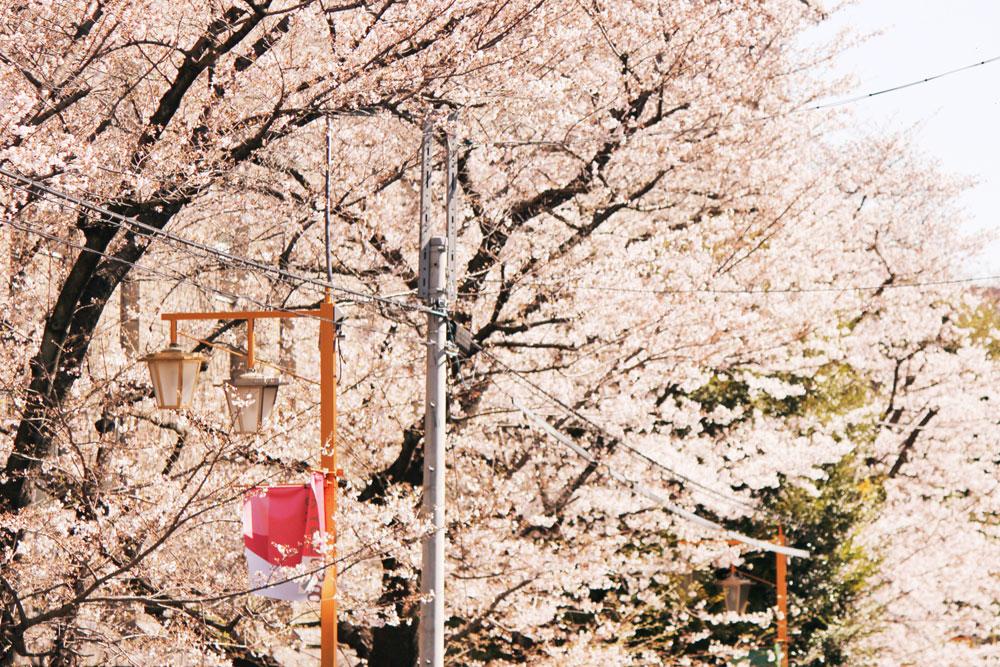Japan is home to one of the world’s most advanced transportation systems. With the extensive mobility in the country, tourists and daily commuters alike are able to travel efficiently with reduced travel time. Major cities are also connected to one another, giving you plenty of options to choose from when planning a trip from destinations such as the heart of Tokyo all the way to beautiful Kyoto. But if you really want to have an immersive travel experience, many believe that nothing beats the exploration of an urban environment on foot.
Kyoto is a great city with a lot of itineraries for walkers. There are a lot of opportunities to pace yourself and appreciate the smaller details that one could miss amidst the hustle and bustle of the surroundings. If you’re not too fond of getting your steps in while traveling, here are 5 reasons that could make you reconsider exploring the treasure that the backstreets of Kyoto have to offer.
1. There are hidden food stalls and restaurants to discover
Kyoto is a city where traditional kaiseki restaurants and tea houses flourish, but it’s also a place where you can find modest restaurants in alleyways that serve some of the most delectable and genuine Japanese food. These hidden gems provide a window into the community’s way of life and its long-standing culinary customs.
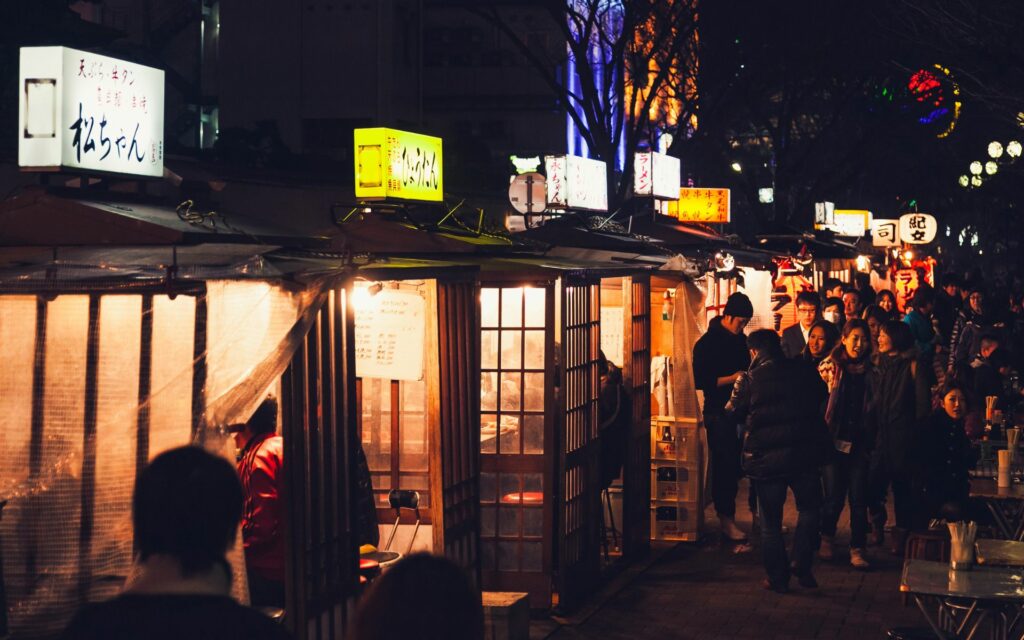
Image Credit: Taste Cooking
The yatai, or street food vendors, are one such undiscovered delicacy found in Kyoto’s alleyways. In contrast to other cities’ crowded night markets, Kyoto’s yatai are subtle, frequently blending in with the surrounding architecture. From yaki imo (roasted sweet potatoes) to takoyaki (octopus balls), these mobile shops serve a variety of mouthwatering delights.
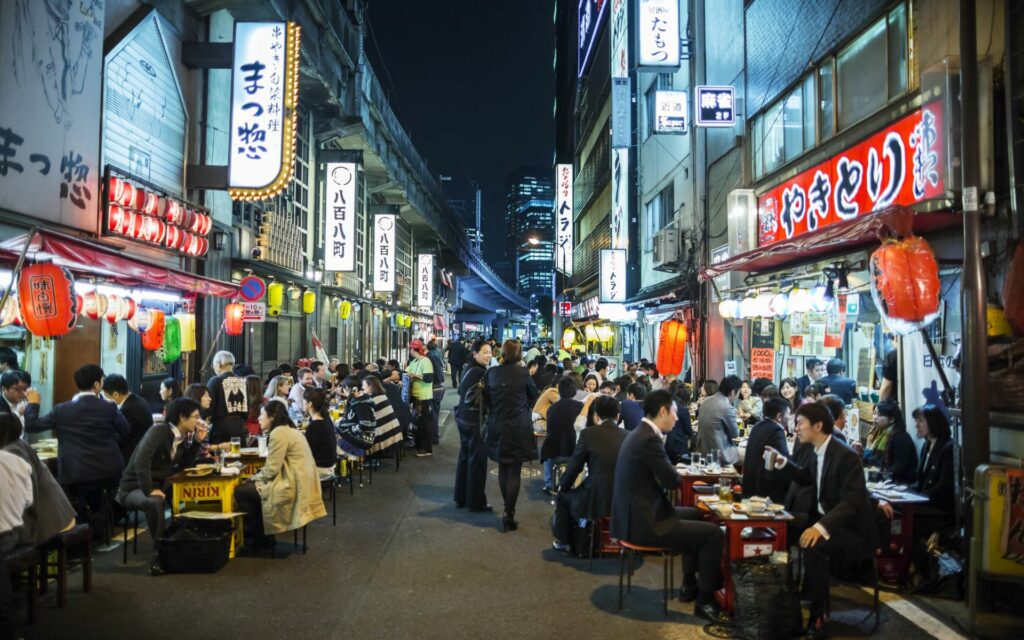
Image Credit: Japan Cheapo
Izakayas
For individuals with a sense of adventure, small Japanese bars known as izakayas offer a wide variety of regional foods and drinks, including the well-known sake.
While some izakayas can be found on main roads, you can frequently have the most authentic experiences in back alleys. There you can interact with locals in good spirits and discover delicacies that is not on the menu.
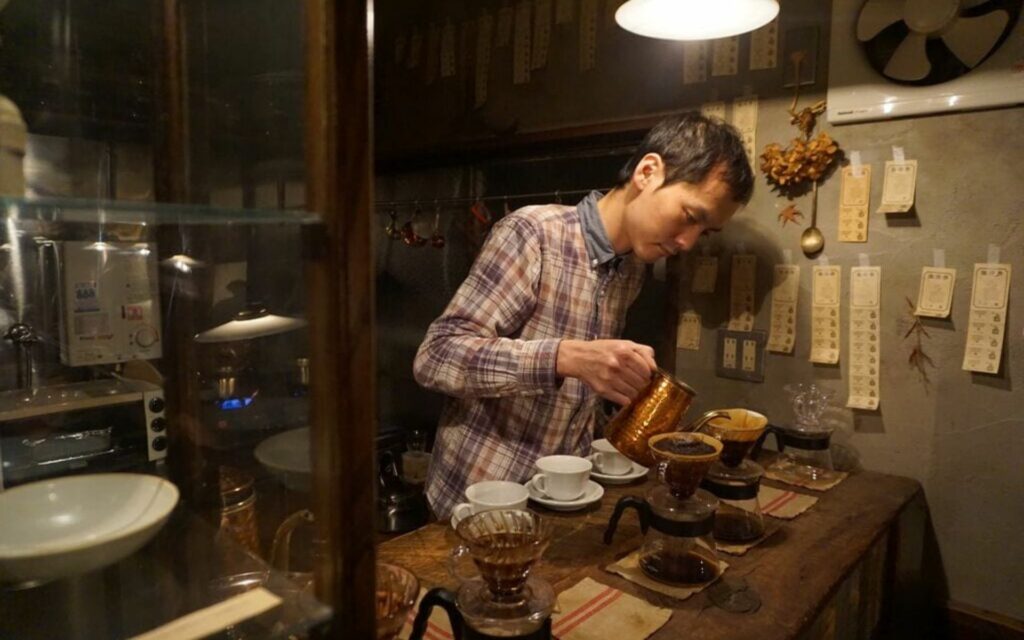
Image Credit: Perfect Daily Grind
However, no discussion of Kyoto’s hidden eating spots would be complete without bringing up the intriguing phenomenon of “kissaten,” or traditional Japanese teahouses. These refreshing places, tucked away in unexpected locations, serve not just tea but also a variety of small appetizers like delicate wagashi (traditional Japanese confections) and beautiful dinners with kaiseki influences. Matcha drinking in a cozy back alley teahouse while listening to the calming sounds of a bamboo water fountain is a special delight that shouldn’t be missed.
2. Traditional shops with a wide variety of products are waiting for you
Traditional stores in Kyoto include a variety of establishments, from long-established kimono boutiques to family-run tea rooms. Each one contributes to the preservation of Kyoto’s cultural history and has a unique narrative to tell.

Image Credit: My Japanese Green Tea
It’s typical to come across traditional sweet shops in Kyoto called “wagashi-ya” when wandering the streets; these businesses specialize in creating delicate, seasonal confections using materials like anko (sweet red bean paste) and mochi (sticky rice cake). You can watch the painstaking workmanship that goes into making these sweets in these establishments in addition to tasting them.

Image Credit: Travel Caffeine
The shops selling traditional crafts in Backstreets of Kyoto continue to provide a link to the past. Craftsmen and their families, who often manage these businesses, highlight the city’s exceptional handcrafted goods. For example, Chion, a store in the central business district of Higashiyama, sells handcrafted pottery and ceramics that represent Kyoto’s artisanal culture.
In contrast to Tokyo’s hectic streets, where life moves at a rapid pace, Kyoto urges you to take your time, observe, and integrate yourself into the rhythm of this historic city’s daily life.
Interacting with the residents reveals a clear view of the heart of Kyoto, where tradition and modernization coexist, and you can clearly see the genuineness of Japanese culture.

Image Credit: Japan Cheapo
As you stroll around Kyoto’s quaint neighborhoods like Gion, Higashiyama, and Arashiyama, you’ll see locals going about their everyday lives alongside you on the cobblestone streets. The rhythmic clacking of geta sandals on the ancient streets, the graceful bow of a kimono-clad woman tending to her tea house, and the peaceful whispers of a local family visiting a shrine are all experiences that transport you to a world far apart from the rushed pace of modern life. You’ll observe locals carefully selecting ingredients for their meals on stalls laden with colorful vegetables, fresh fish, and artisanal products. Therefore the exchanges between vendors and customers are a testament to the warmth and hospitality of the people of Kyoto.

Image Credit: The New York Times
The fusion of tradition and modernity may be seen in Kyoto’s daily life. While it is possible to come across a couple wearing kimonos strolling through the bamboo grove, it is also possible to run into teenagers engaged in lively conversation while holding up modern technology. The contrast of the ancient and new is evidence of Kyoto’s capacity to change and progress without abandoning its cultural foundations.
4. Get immersed in cultural activities you might not have heard of before
Adventurous tourists who are ready to go off the well-trodden path can find a treasure trove of cultural experiences waiting to be found in Backstreets of Kyoto.

Image Credit: Japan Guide
Calligraphy, or “shodo,” is one such cultural practice; the Kyoto Zuihoin Calligraphy Center give an immersive experience in this magnificent art form. Therefore visitors have the opportunity to take part in calligraphy lessons led by knowledgeable sensei (teachers), who explain the subtleties of brushwork, ink, and paper to enable them to create their own distinctive characters and phrases. Shodo is not just a means of creative expression, but it also provides insight into the more profound philosophical and cultural facets of Japanese poetry.
An Authentic Tea Ceremony Experience
For a more personal and authentic tea ceremony, visitors can even travel to calmer neighborhoods around the Uji district where premium matcha tea is produced. Moreover you can discover small, family-run tea shops here that provide individualized tea ceremonies, allowing you to enjoy the elaborate customs and flavors of Japanese tea culture in a calm environment remote from the tourist crowds.

Image Credit: Japan Guide
Moreover you can also Visit the Kyoto’s craft studios who provide an opportunity for visitors with an interest in traditional crafts to interact with local artisans. Moreover Kyoto has a strong legacy of textile arts, and at the Nishijin Textile Center, guests can see expert weavers work on antique looms to produce complex kimono materials. The center offers practical opportunities where you can practice weaving.

Image Credit: Maki Aizawa
5. Appreciate old architecture of paths and neighborhoods for a fresh perspective
The architecture of Kyoto’s alleys give you an experience of walking around an outdoor museum, with views that serve as a reminder of the city’s rich history.

Starbucks Kyoto in a machiya
Image Credit: Tasting Table
You will be surrounded by gorgeous machiya, or historic timber townhouses, whose architecture has hardly changed throughout the years. Entrepreneurs have lovingly transformed Kyoto’s traditional machiya houses into restaurants, cafes, and boutique shops, offering a contemporary twist to the city’s history. Therefore their elegant wooden facades, sliding paper doors, and beautifully maintained earthen walls beckon you to explore the secrets they hold.
Traditional Japanese gardens can also be seen in Kyoto’s ancient lanes. These quiet oasis are a haven of peace, concealed behind the wooden facades. These gardens, whether they be a somber stone garden or a verdant courtyard with a bubbling tsukubai (stone water basin), are an essential component of Kyoto’s architectural tradition and serve to serve as a constant reminder to visitors of the value of nature in Japanese design.
We encourage visitors to actively participate in the history of the city’s architectural legacy as they stroll around Backstreets of Kyoto rather than simply viewing it. Every wooden beam, every stone pathway, and every graceful noren curtain carry a piece of history with them, beckoning visitors to take their time, savor the architecture’s timeless beauty, and establish a connection with it.












































